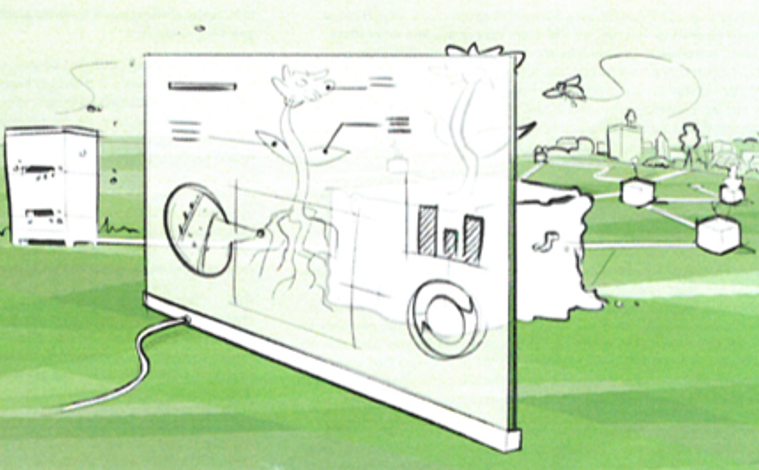
Driver for Change IV: Synergy in Nature and Augmented Technology
- Wed, 22/05/2019
Background
The future is unpredictable and elusive. Recent changes in technology, ecology, economics and society have already led to significant changes. The expectation is that the complexity that people and organisations experience will only increase further in the years ahead. A number of current Drivers for Change will lead to radical changes in the future. Therefore, we need a new way to visualise the future, with all the opportunities and challenges that it will bring – an approach that is creative, imaginative and research-oriented. Even though we can’t predict the future, we can create a range of possible context-related future scenarios. These desired scenarios will direct our decision-making, from short-term actions to long-term consequences. In the UNaLab project, the Future Telling research method was used to develop possible, context-related future scenarios in a creative, imaginative way.
Through an analysis of interviews with a broad spectrum of experts on climate and water resilience and nature-based solutions, five Drivers for Change for the future of climate and water resilient cities in 2050 were identified. This blog post will present the fourth Driver for Change: Synergy in nature and augmented technology.
Driver for Change IV: Synergy in nature and augmented technology
In 2050, nature and technology go hand in hand. Technology is used to collect data and monitor nature. This leads to a deep understanding of the factors influencing the health of nature and nature-based solutions. This knowledge allows nature to flourish in and around the city - for example with organic food production augmented by high-tech to optimise resources and make cities self-sufficient. In this way science provides new solutions, together with evidence of the impact of the solutions implemented in the city. Data enables fact-based decision-making and building the overall economic case, including any expected downside risks. In this way technology supports better designs, and helps to gain acceptance of the solutions by citizens. Ethics and morality are safeguarded by ensuring people are always in control, and are free to take their own decisions.